U.S. Defense officials are under fire for their decision to allow a Chinese spy balloon to traverse the continental United States.
Lawmakers told members of the defense community that they would be held accountable should Congress find fault with the Department of Defense’s (DOD) decision-making during a Senate Appropriations Defense hearing on the issue of China’s high-altitude surveillance balloons.
“Make no mistake about it: What China did last week was completely unacceptable and a real threat to American sovereignty,” said subcommittee Chair Jon Tester (D-Mont.). “It deserves a real response from a united America.”
“I am prepared to hold anyone accountable, including the people seated before this committee today, to get real answers. This administration owes Americans answers not only on what happened this week but on what steps they’re going to take to ensure that this never happens again.”
During the hearing, lawmakers heard from DOD officials that the U.S. military first tracked the Chinese spy balloon over the Aleutian islands of Alaska on Jan. 28, but decided it posed no threat and took no action at that time, though it had the ability to do so.
It was not until Jan. 30, when the balloon entered the airspace of the continental United States via Canada, that the military briefed President Joe Biden on the issue and presented him with options for destroying the airship, which it did only on Feb.4, after the balloon had reached the Atlantic Ocean.
Earlier this week, the DOD confirmed that new intelligence had allowed the United States to determine that at least four previous balloon incursions into U.S. airspace had occurred—three during the Trump administration and one during the Biden administration.
Tester said that the United States’ failure to either detect those incidents or respond to eliminate them had likely encouraged the Chinese Communist Party (CCP) in its efforts to spy on the United States.
“It should not have been a surprise that China did this because nothing … has happened before to them for these overflights,” Tester said.
Tester also raised concern that Congress had not been given tangible evidence as to what information the CCP spy balloon was meant to collect.
“The truth is we think we know what they were going to collect. We don’t know,” Tester said.
“That scares the hell out of me.”
‘Not a Harmless Event’
DOD officials struggled to account for the department’s actions throughout the hearing, fluctuating between insisting on a classified briefing and giving ambiguous answers as to the threat posed by China’s spy balloon and why it was not shot down before Feb. 4.
When pressed on whether the United States or China had gained more intelligence from the incident, Deputy Assistant Secretary of Defense for Indo-Pacific Security Affairs Jedidiah Royal declined to issue a judgment.
When asked what the purpose of the balloon was, Royal demurred again.
“We have some very good guesses about that,” Royal said.
“This is part of a broader suite of operations that China is undertaking to try and get a better understanding of the U.S.”
Subcommittee Ranking Member Susan Collins (R-Maine) said that the incident was not without tangible harm to the United States and its citizens, and that the DOD’s decision not to shoot down the balloon over the Pacific Ocean in January appeared to be without sufficient justification.
“This was not a harmless weather balloon somehow blown wildly off course as the Chinese have claimed,” Collins said. “This was a serious and blatant attempt by the Chinese to collect valuable data.”
“It defies belief that there was not a single opportunity to shoot down this balloon prior to the coast of South Carolina.”
Collins added that she believed U.S. deterrence efforts were weakened by the decision to allow the balloon to travel over the continental United States. The only way to deter further aggression from the CCP, she said, is to resolutely defend the nation’s territorial integrity.
“The best way to avoid conflict with China is for President Xi [Jinping] and the Chinese Communist Party to have no doubt regarding the resolve of the U.S. government to defend our territory and our interests,” Collins said.
China Engaged in Global Spy Balloon Campaign
Though there has not yet been confirmation of the exact information China’s balloons are intended to collect, there are indications that they are targeting high-value military sites.
The balloon which traveled through U.S. airspace last week, for example, approached and lingered near three sensitive U.S. military sites: Malmstrom Air Force Base in Montana, Offutt Air Force Base in Nebraska, and Whiteman Air Force Base in Missouri.
Malmstrom contains 150 of the United States’ 400 nuclear-capable intercontinental ballistic missile silos. Offutt is home to U.S. Strategic Command, which oversees the U.S. military’s nuclear arsenal. Whiteman operates the Air Force’s nuclear-capable B-2 stealth bomber.
Relatedly, Secretary of State Antony Blinken announced on Feb. 8 that U.S. intelligence had connected the incident to a global spy balloon campaign years in the making.
The CCP, he said, had used similar balloons to spy on dozens of countries across five continents.
Earlier on Feb. 8, Pentagon spokesman Brig. Gen. Pat Ryder confirmed that in all four previous incidents in U.S. airspace and an indeterminate number of the overseas incidents, the Chinese surveillance balloons approached “strategic sites.”
A State Department spokesperson confirmed via email on Feb. 9 that the incidents were part of a global surveillance campaign conducted by the CCP, which had targeted at least 40 nations in total.
The balloons, the spokesperson said, were manufactured by a company with known ties to the Chinese military and were equipped to conduct signals intelligence gathering operations through which the regime could geo-locate the origin of secret U.S. communications.
The spokesperson said that the department will “explore taking action against” companies involved in the manufacture of such balloons and that the CCP’s spy campaign “will only continue to be exposed.”
CCP Shuts Down Communications
The CCP has sent mixed signals on the incident, possibly signaling that the regime has not decided on a course of action for how to deal with the significant political fallout stemming from the discovery of the spy balloon program.
On one hand, the regime maintains that the balloon was a civilian weather balloon that flew off course; on the other, it is demanding that its debris be immediately returned to China without U.S. inspection, which the United States has refused.
CCP Defense Minister Wei Fenghe refused to accept a phone call with U.S. Defense Secretary Lloyd Austin immediately after the United States shot down the balloon, according to Ryder, who said that China’s refusal to communicate raised the potential for miscalculation.
“Lines between our militaries are particularly important in moments like this. Unfortunately, the PRC has declined our request. Our commitment to open lines of communication will continue,” Ryder said.
It is not the first time that the regime has shut down vital lines of communication in times of crisis.
Back in August 2022, for example, the regime abruptly cut all regional military communications with the United States as it conducted a series of provocative missile strikes and military exercises around Taiwan and Japan.
Similarly, in May 2021, the Pentagon said that three requests from Austin to speak with the regime’s highest-ranking military officer had gone unanswered.
“It’s really important during moments like this that we maintain open lines of communication and unfortunately the Chinese administration has declined a request from Secretary Austin to communicate directly with his counterpart in China,” Royal told the subcommittee.
“We believe that China needs to be more responsive to the United States when it comes to requests for further communication.”
The Epoch Times has requested comment from the Department of Defense.



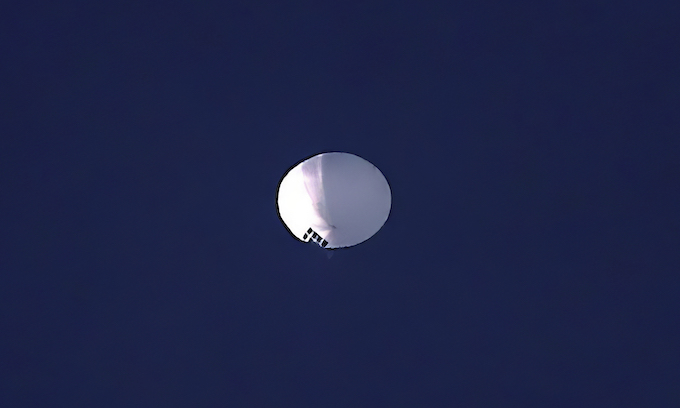
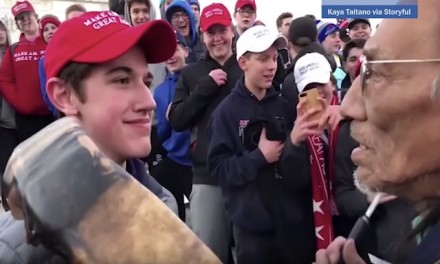










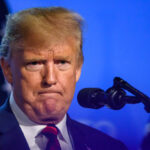
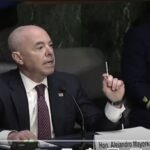

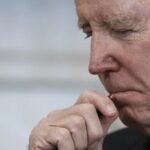
They need to be a lot more, than just under fire for this.. Especially if the reports are true, that we had 10 OTHER BALLOONS from both obama and trump’s tenure, that flew over our nation, AND THE DOD Didn’t know jack about them…
Bigger question. Are there people in our government who know more about this than they’re saying?
More than likely.